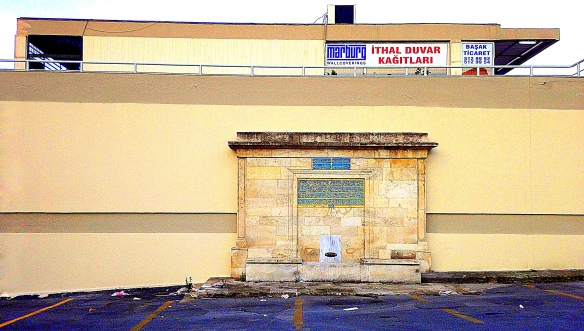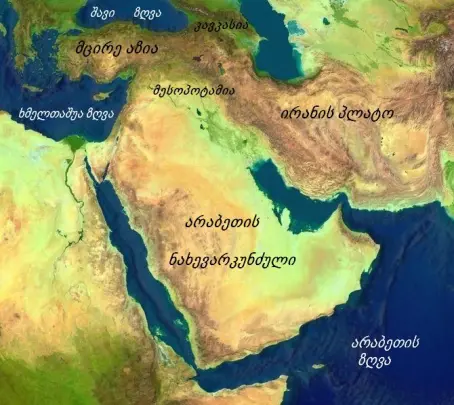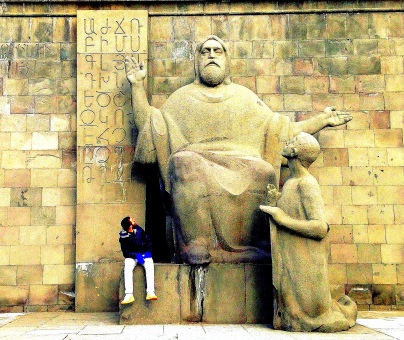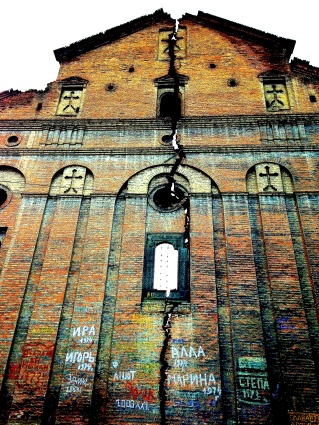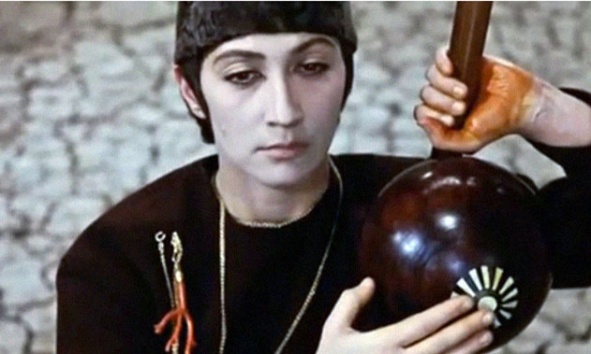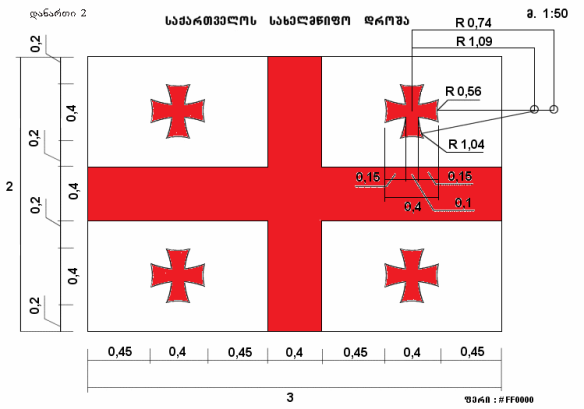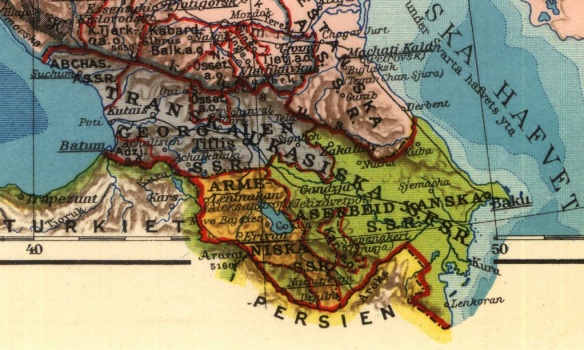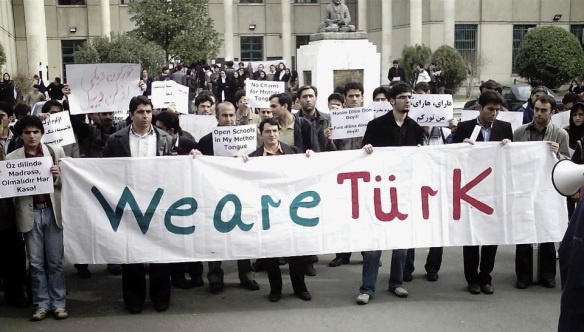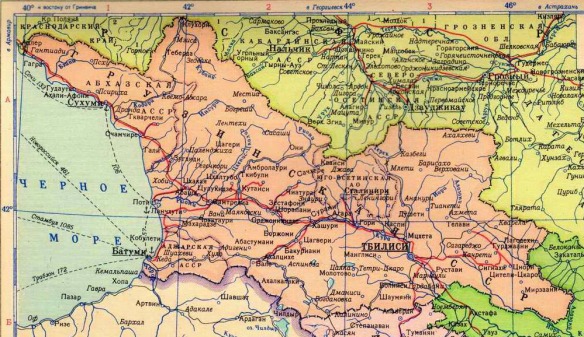I don’t know if I’ve mentioned it here before, but I love listening to audio recordings of lectures, especially of university classes. I prefer them to books because I can put them on my phone and then listen to them while walking around, which prevents me from falling asleep (something that happens often when someone with a video-game-rotted brain tries to sit down and read a book). I prefer them to audiobooks because listening to someone read straight from a book is even more boring than actually reading the book yourself. Of course there are bad lecturers who just read straight from their notes or whatever, but a good lecturer is able to deliver the same information and ideas in a more conversational style, which is more interesting to listen to and also easier to follow.
One of my favorite audio-recorded lecture series is History of the Modern Middle East by Columbia University historian Richard Bulliet. HMME was given as an undergraduate history class at Columbia in Spring 2009 (so in particular it doesn’t cover the Arab Spring). It consists of 26 lectures which are about 75 minutes apiece (for a total of a little over 30 hours). Bulliet covers a wide variety of topics related to the Middle East, but also spends quite a bit of time discussing whether the Middle East is even a real thing (see below for his answer to the question of whether Georgia is in the Middle East!).
Before I go into a more detailed review, let me say that I recommend this course without reservation to anyone who reads this blog.

